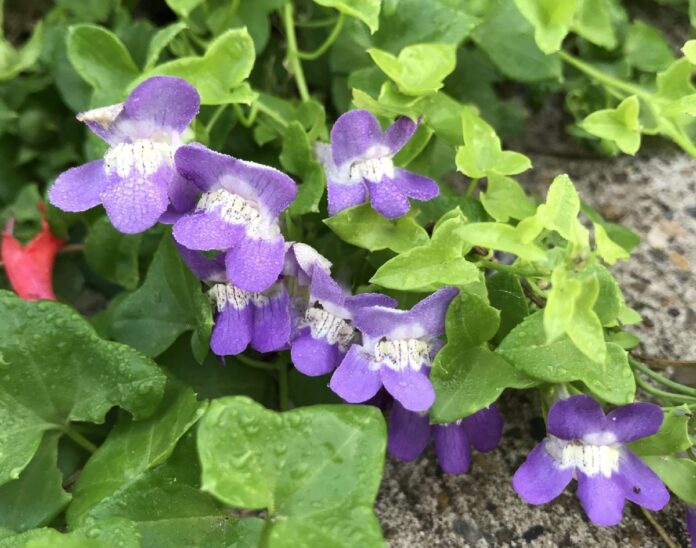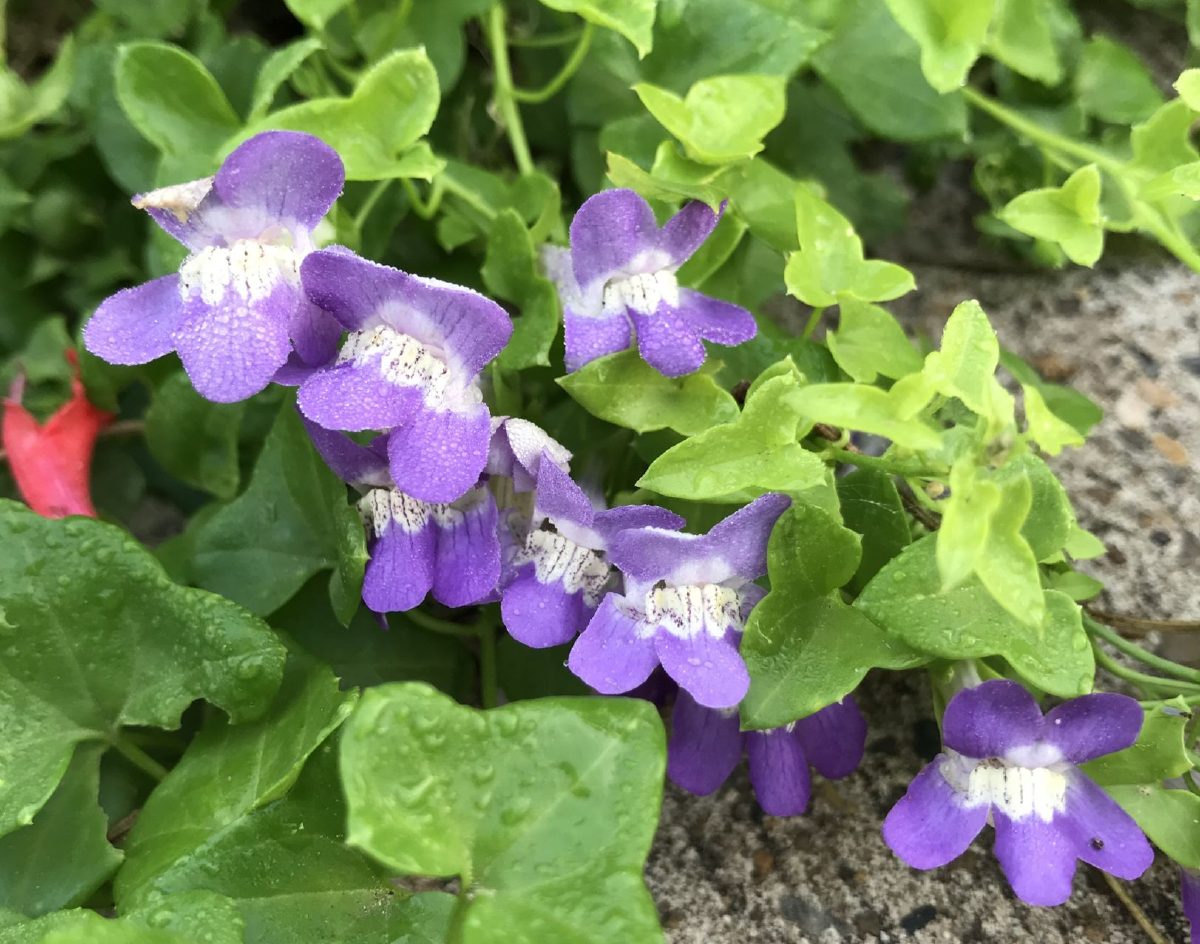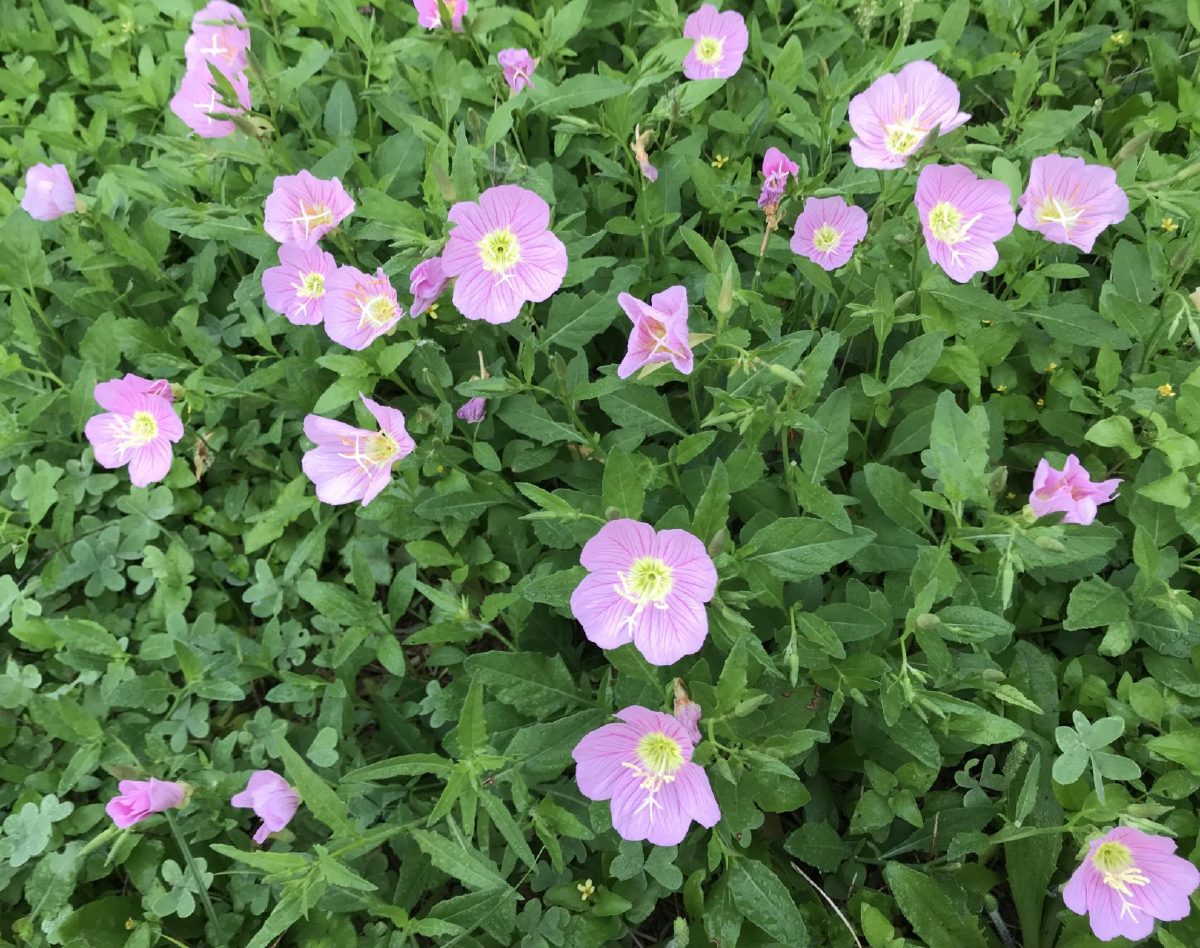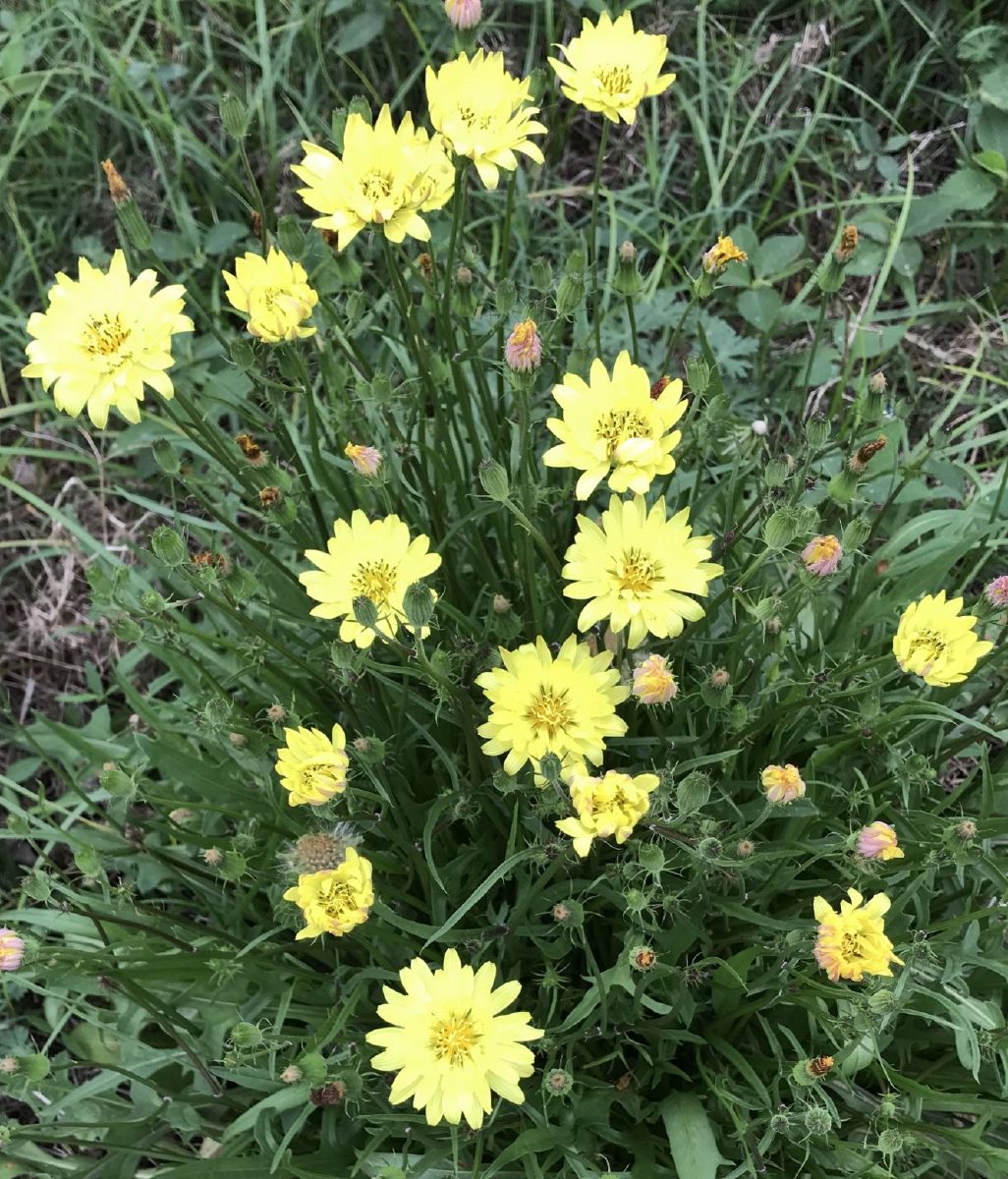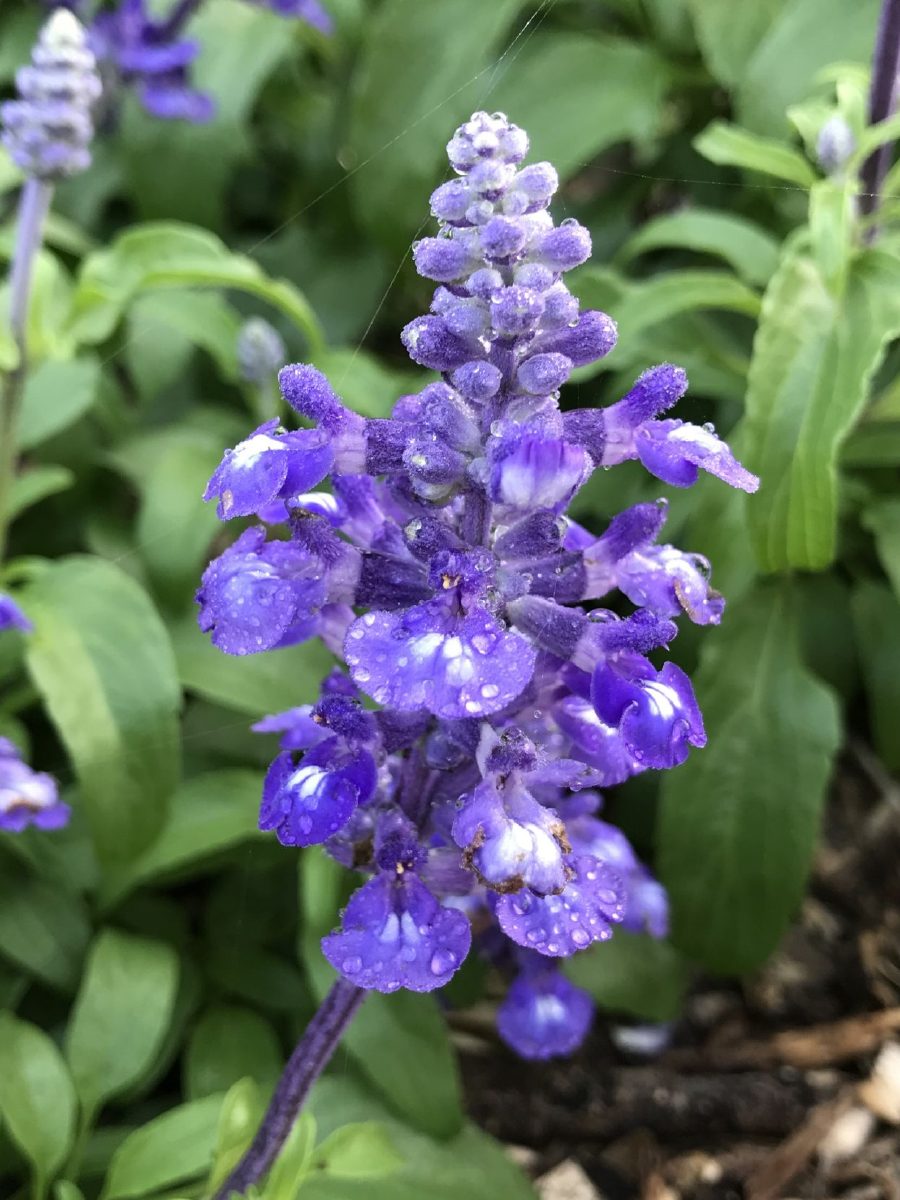BY ANITA WESTERVELT
The mockingbirds are singing, the sweet, heady scent of citrus blossoms is in the air, it’s the time of year to get creative.
The Japanese have a traditional poem called haiku (pronounced, hi coo).
The mockingbird sings
Flitting in and out of shrubs
Winter turns to spring
Haiku is a three-line poem with 17 syllables. The count is five/seven/five. Traditionally it focuses on images from nature and each poem alludes to or mentions a season.
Limericks are fun five-line poems with a distinctive rhythm.
There once was a bird who came knocking
At the shop door where I was working
He said to me fool
Shut off that loud tool
It’s the radio tune I am mocking
The first, second and fifth lines contain 7 to 10 syllables and rhyme. The third and fourth lines have 5 to 7 syllables and rhyme with each other. Limericks are silly and written to elicit a laugh or an eye-rolling groan.
Only the male mockingbird sings. The tunes he imitates may be of other birds, animals, insects, machinery and even musical instruments.
No matter the tune, the singing mockingbird is a sign of spring in deep South Texas where they are permanent residents. They like to dart into shrubs, flick their wings to make the insects scatter, then feed up.
There’s some nest building going on, too. Both sexes work to build the nest. Mockingbirds build low — between 3 and 10 feet above the ground. They dive-bomb cats and other dangers to keep their nests safe.
Birds aren’t the only things singing of spring. Some flowers are so colorful, they fairly shimmer in their vibrancy in these fog-shrouded March mornings, like the mealy blue sage.
A Texas native, mealy blue sage (Salvia farniacea), is a perennial in the mint family.
Avoid wet areas; too much water makes them leggy. The short plant makes a pretty flowerbed border and attracts butterflies, bees and hummingbirds.
Snapdragon vine (Maurandya antirrhiniflora) is a dainty lavender and yellow flowered vine that also attracts butterflies and hummingbirds. It is a host plant for the common buckeye butterfly. These tiny vines readily self-propagate and do not kill, or otherwise strangle plants and trees they intertwine.
In the yellows, Tiny Tim (Thymophylla tenuiloba) has feathery, spring-green leaves and tiny yellow flowers. The plants grow no taller than 8 inches. Tiny Tim quits blooming in the summer heat and will begin blooming again in the cooler months of fall.
The dandelion announces spring in countries around the world. Our Valley native is called false dandelion (Pyrrhopappus pauciflorus). It is different than the common dandelion (Taraxacum officinale) which is rare in southernmost Texas. True or false, it shows a happy face to the end of a Valley winter.
Some old standards are always comforting, like pink evening primrose (Oenothera speciose) which is fun to discover hiding nearly at grass level. Also known as amapola del campo, translated, it means wild poppy.
Earth’s colorful, pastel spring pallet provides inspiration for poets, artists, writers and song writers — try your hand at it.
Anita Westervelt is a member of the Rio Grande Valley Chapter, Texas Master Naturalist.

